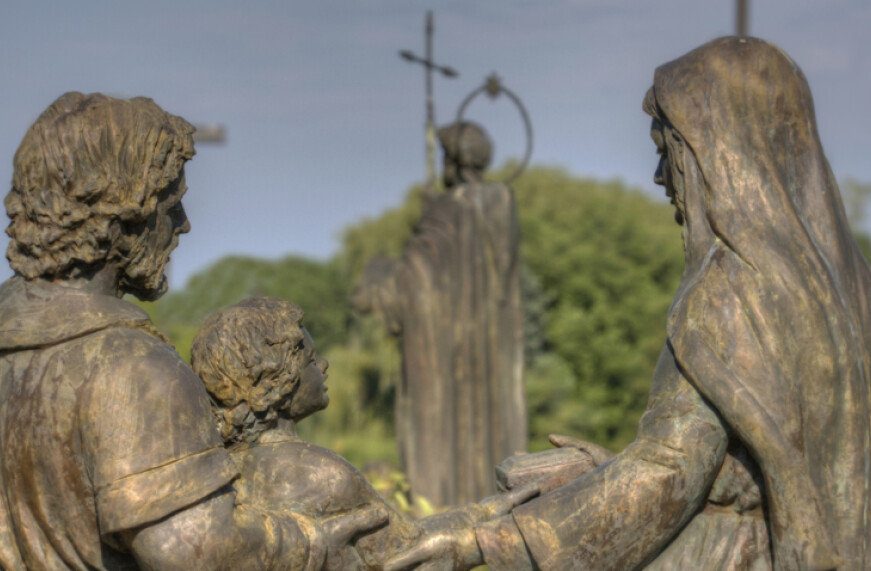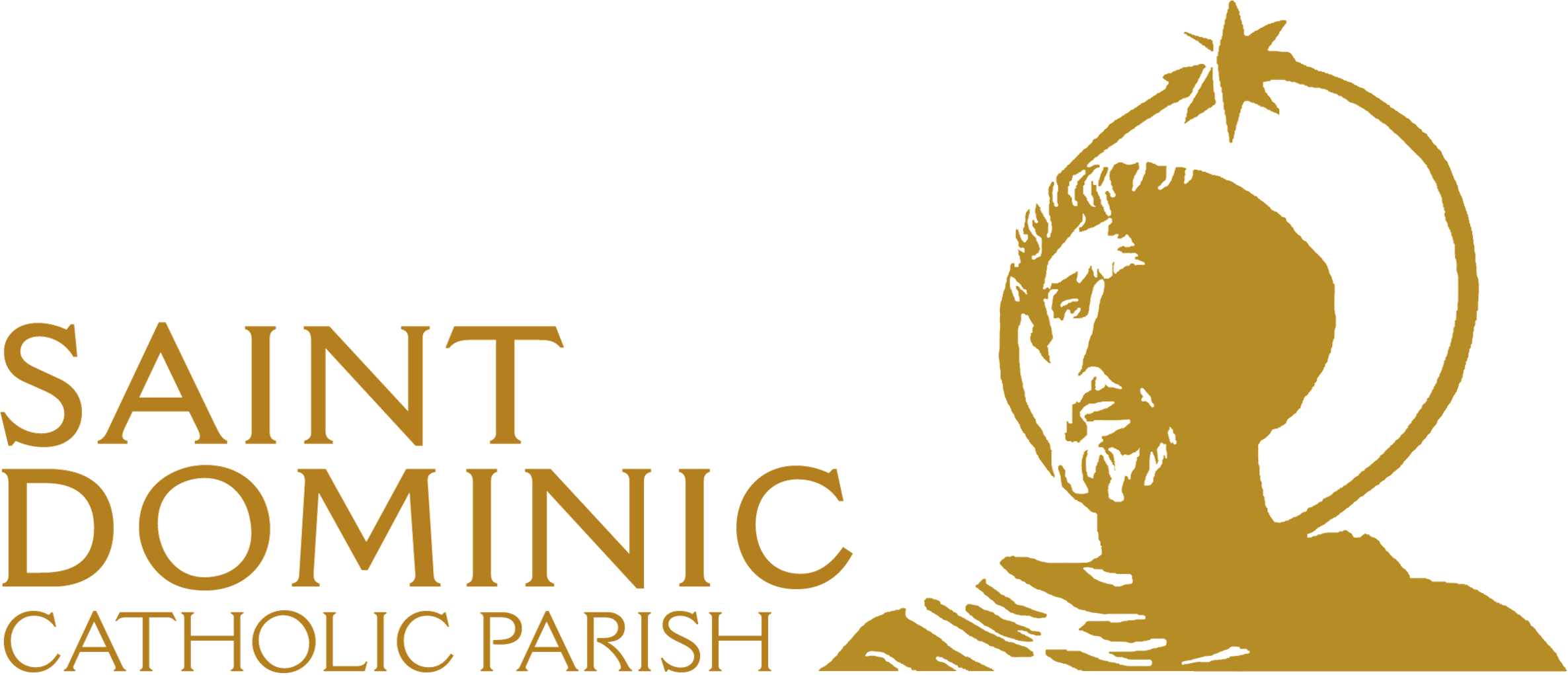May Crowning

Did you ever wonder where the May Crowning tradition came from?
To recall a bit of Church history, monotheism, or the belief in one god, was rare in the ancient world. Abraham, according to our faith tradition, was the first to interact with God in order to establish a belief system rooted in the one true God. God establishes a covenant with us through Abraham that connects the faithful to Him throughout time.
A common practice of the polytheistic cultures, those who believed in more than one god, was the practice of making offerings on an altar to a particular god or group of gods in order to find favor with them. If you were found to be in favor with the gods, good things would happen. If you were not in favor with the gods, not so good things would happen. Abraham understood this polytheistic practice. Abraham did many things that demonstrated the application of polytheistic practice to a belief in the one true God. Abraham even made an offering on an altar after God spared Isaac's life because that is all ancient people knew what to do to honor the gods. Abraham applied what he knew to God. Altars were for sacrifice. Altars were for prayer. Offerings were often burned on altars so that the prayers would rise to the heavens in hopes that the gods would find favor.
Sound familiar?
Jesus's sacrifice is the Eucharist. The celebration of that sacrifice is done at the altar. Incense is burned to symbolize our prayers going to heaven. Many of our church rituals are rooted in these ancient ways.
The May Crowning is no different because many polytheistic cultures honored spring by burning offerings to the goddesses in their belief systems. Whether it was Minerva, Hera, or Persephone, flowers were brought to an altar and burned as prayers were lifted for fertility, a good harvest, family, etc. As Christianity spread among the Roman Empire, they attached an old practice to a new belief; offerings to Mary as opposed to the goddesses. This would explain the procession of flowers and the burning of incense.
While some believers may come with intentions of fertility, harvest, and family, we all come to honor Mary as our Mother and our gratitude for her intercessory power that goes directly to the heart of her Son. We honor her. We celebrate her. We love her. We bring her gifts to demonstrate that love just like we do to our earthly mothers and those that are like mothers to us.
